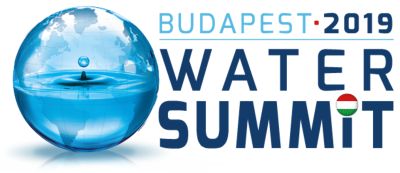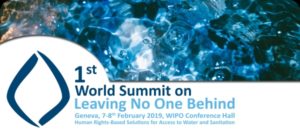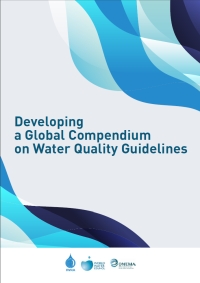
Water Policy Group has been active at Budapest Water Summit 15-17 October 2019 through participation by Tony Slatyer in a plenary session on international water architecture, a side event on science and policy, and a Corvinus University workshop on water cooperation in Central Asia. See link for further details.
Author: admin9083
Getting on Track with SDG 6 – a Role for Multilateral Processes
 Policy scaffolding helps governments to move forward with the difficult decisions. Find out more from Tony Slatyer’s speech at the Sustainable Water Future Conference..
Policy scaffolding helps governments to move forward with the difficult decisions. Find out more from Tony Slatyer’s speech at the Sustainable Water Future Conference..
Water Policy, Globally and in Australia: An Overview
WPG member, Tony delivers a keynote speech on water policy and public health at the Austalian Public Health Conference 2019 in Adelaide, Australia. Read the full text here..
1st World Summit on Leaving No One Behind

The 1st World Summit on Leaving No One Behind was launched with opening speeches from Michael Moller (Director General of the United Nations) and Francis Gurry (Secretary General of the World Intellectual Property Organisation (WIPO)), Amanda Loeffen (Director General of Waterlex) and Tom SOO (IWRA Executive Board Member and member of the Water Policy Group) on Thursday 7th February.
“The summit focussed on solutions for access to water and sanitation for the people that have been left behind is an issue of human rights, whatever the cause, be it poverty, water scarcity, climate change, conflict situations or cultural and gender barriers. Solutions need to be innovative, economical and easy to implement. Overarching these constraints there also needs to be a supportive political climate and strengthened governance to overcome corruption, inertia, and budgetary constraints.The nexus of these three aspects of Human Rights-Based Water Governance, Innovative Technology and Economic Feasibility provides a topic for this Summit, and a platform to bring together ideas and people in a constructive environment.The clear outcome from the two days is to find tangible projects to pilot, with funding attached to them.
Kate Gilmore (Deputy High Commissioner of the Office of the High Commissioner of Human Rights) closed the final session on the Friday, with her reflections on the fundamental dignity related to water and sanitation and the link to goal 6 and the “need to inject urgency and justice into a more inclusive process to realise human rights to water and sanitation”, Kate Gilmore.”
Mobilising water that is fit for purpose augments capacity to deal with water security
 This report, published by IWRA, “collects and examines examples of existing recommendations for influent water quality, as applied to various human and ecosystem uses. It provides robust reference and analysis of existing water quality guidelines. Building on these case studies, the report explores new perspectives, and raises pertinent questions for future work on the topic, including what an online compendium of such guidelines might look like.
This report, published by IWRA, “collects and examines examples of existing recommendations for influent water quality, as applied to various human and ecosystem uses. It provides robust reference and analysis of existing water quality guidelines. Building on these case studies, the report explores new perspectives, and raises pertinent questions for future work on the topic, including what an online compendium of such guidelines might look like.
Its primary objective is to lay the groundwork for an online compendium to improve access to examples of water quality guidelines and facilitate a better understanding of how water quality demand and supply can contribute to appropriate and economical multi-sectoral water resource management.
The contents and outputs of the report are oriented around three overlapping domains: water use, geographical scale, and multi-disciplinary perspectives. Due to the nature of water resources, there are few water quality guidelines that address the full range of uses. This report is no exception, and so focuses on five main categories of water use: domestic, agriculture, industry, energy, and ecosystems. After examining international, regional and national guidelines from these water uses, the report presents key findings and recommendations based on these guidelines, as well as a proposed database structure to encourage future work in the topic.” (www.iwra.org)

